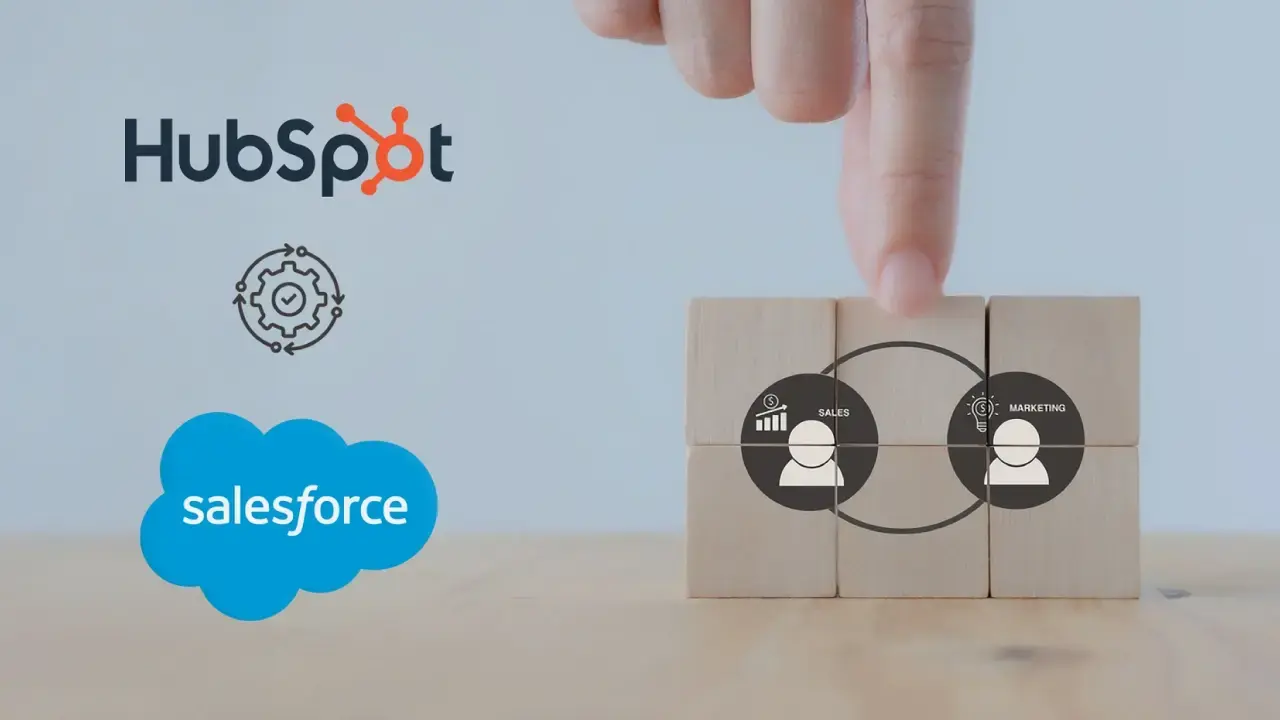Let’s say your team is throwing legendary events that get everyone talking!
Webinars that rival TED Talks, product launches with more hype than an iPhone drop, and meetups where people actually show up on time, and the attendance is through the roof.
But when the leadership walks in and asks, “Cool! But how much pipeline did that generate?”, your team looks like someone just asked them to explain quantum physics using interpretive dance.
The catch is that you’re running events in silos: data in Zoom, registrations in spreadsheets, a follow-up manual, and attribution’s murky at best. Plus, sales is still chasing cold leads while warm attendees go cold.
The desperate need of the hour is wiring events into HubSpot, from invites to post-event handoffs. This way, every session, every registration, and every follow-up is trackable, attributable, and revenue-aligned.
Also, event touchpoints from every registration are in one place inside the CRM, ending your lead chase in spreadsheets. And then with HubSpot workflows, you can automate reminders, follow-ups, and even SDR task creation, so warm leads never go cold.
Core components of event management in HubSpot
HubSpot provides RevOps and marketing leaders with everything they need to manage events under one roof, eliminating the need for patchwork systems. Some of its major components include the following:
- Landing pages & forms: Enable you to build branded registration pages with forms that capture attendee details and instantly sync to contact records.
- Workflows: Workflows help automate confirmations, reminders, calendar invites, and post-event follow-ups, triggered by attendee actions.
- Lists & segmentation: Uses smart lists to target, track, and personalize communication-based on registration, attendance, or engagement.
- Custom properties: Captures key event data, like session type or RSVP status, to personalize outreach and improve reporting.
- HubSpot integration: Connects platforms like Zoom or Eventbrite to sync attendance data and trigger workflows in real time.
Likewise, a HubSpot-Salesforce integration ensures marketing-qualified leads seamlessly sync to sales, enabling faster and more accurate lead follow-up later.
Use a standard HubSpot form as your event’s RSVP to collect guest info like attendance, plus-ones, or dietary needs by adding custom properties. Embed the form on a festive landing page with all event details so guests can revisit it anytime.
Source: HubSpot
Together, these components turn HubSpot into your single source of truth for event planning, execution, and performance, all aligned with revenue goals.
Automating the event lifecycle
Manual event management drains time and leaves too much room for error. HubSpot lets you automate the entire lifecycle, so that every attendee gets a seamless experience, and your team stays focused on impact.
Pre-event: Send instant confirmations, timed reminders, and calendar invites through workflows. Thus, no more missed follow-ups or manual scheduling.
During the event: Use integration with Zoom or GoToWebinar to track attendance in real time, triggering in-event workflows or alerts to sales.
Post-event: Automatically send surveys, score leads based on engagement, trigger MQL handoffs, and create SDR tasks seamlessly.
Use event-based workflow triggers to automatically enroll records when specific actions occur, like form submissions or CTA clicks. This enables timely, automated follow-ups based on guest interactions.
Source: HubSpot
With HubSpot, events run like a machine, and your follow-up is always fast, relevant, and revenue-focused.
Tracking and reporting on event performance
If you can’t measure it, you can’t improve it, or prove it. HubSpot reporting tools give you the visibility to track event impact across the entire funnel, not just top-of-funnel engagement.
Monitor key metrics like attendance vs. registration rates to understand drop-off and optimize timing, topics, or invite strategy.
Track new net leads sourced directly from event registrations, and surface contacts influenced, those already in your funnel who re-engaged because of the event.
Most importantly, attribute actual pipeline and revenue to attendee activity using HubSpot’s deal association, lead scoring, and campaign reporting tools.
With this level of insight, events shift from being “brand plays” to measurable revenue channels, with leadership-ready dashboards to back it up.
Best practices for RevOps and marketing leaders
Running events is one thing and operationalizing them for scalable revenue is another. These best practices ensure that your events aren’t just executed but also optimized for maximum impact.
- Track source effectively with UTMs: Use UTM parameters on invite links to identify which channels (email, LinkedIn, and paid ads) are driving registrations and qualified leads.
- Tie engagement to lifecycle stages: Segment contacts based on how they engage with your event, be it registered, attended, or no-show, and move them through lifecycle stages accordingly.
You can use properties to segment and automate actions across views, lists, workflows, and reports. For example, trigger a follow-up task if a contact’s "Date entered Sales Qualified Lead" is over 5 days old.
Source: HubSpot
- Build leadership dashboards: Set up dashboards that give execs a clear view of performance: registrations, attendance, lead quality, influenced deals, and sourced revenue in a unified manner.
- Sync sales & marketing in real time: Sync event engagement data directly with your CRM to ensure cleaner, smarter CRM data management and more actionable insights. This will help the sales team know exactly who to prioritize and eliminate guessing or manual lead routing.
Bottom line: If you’re still using separate tools for event management and stitching data together, you’re not just hurting efficiency but setting yourself up for missed opportunities and attribution gaps.
The immediate next step can’t be just running better events, but syncing them seamlessly to the revenue engine. This can be achieved by exploring how your existing HubSpot setup can be reconfigured to support a full-funnel event execution.
Think about it: your sales team gets full visibility into deals, the marketing team has campaign insights, so why should events be the blind spot?
Events encompass the top, middle, and bottom of your funnel. If you’re not tracking them in the same system as your pipeline, you’re risking a great revenue potential.
 Dashboards and analytics
Dashboards and analytics






-3.webp)
.webp)



